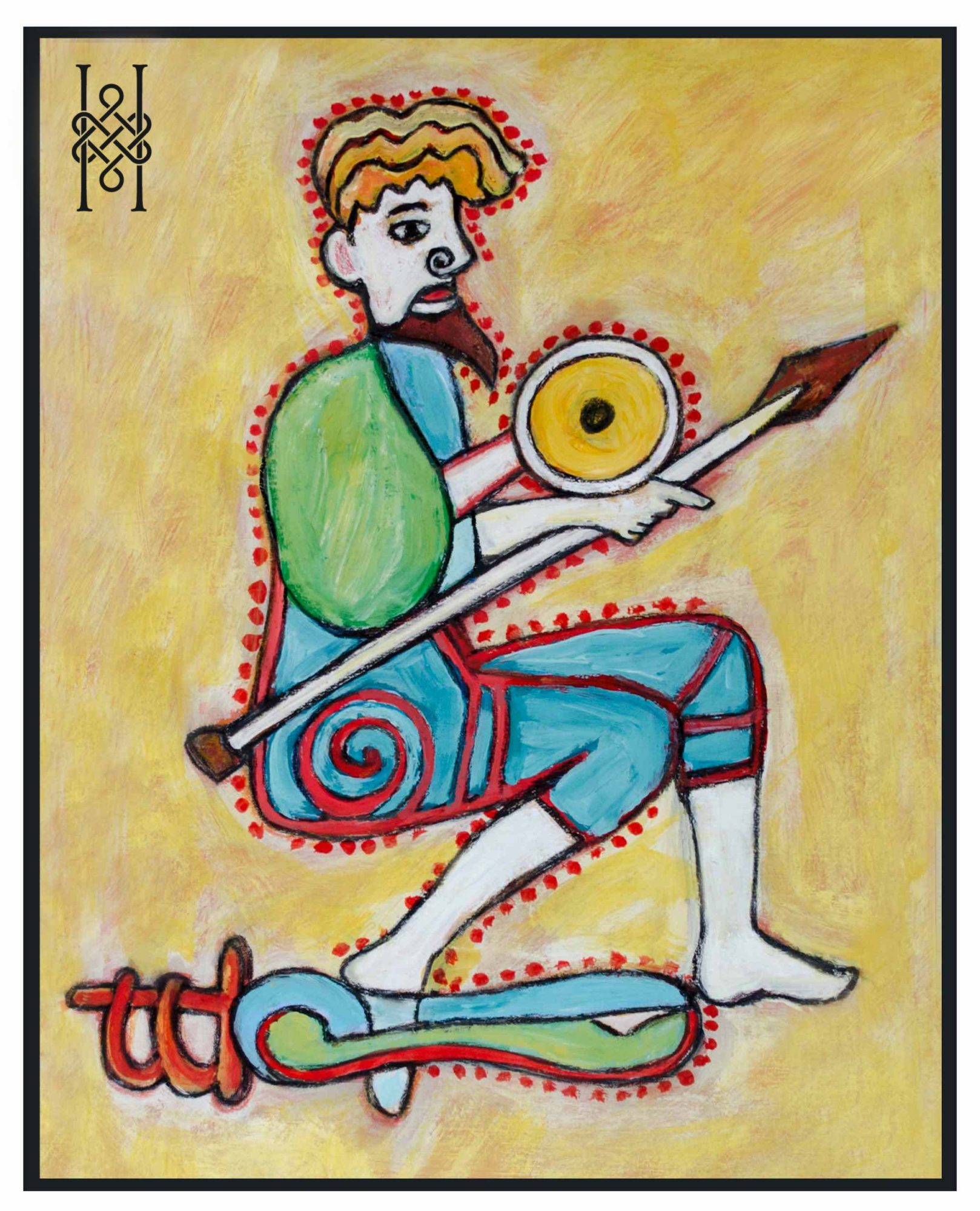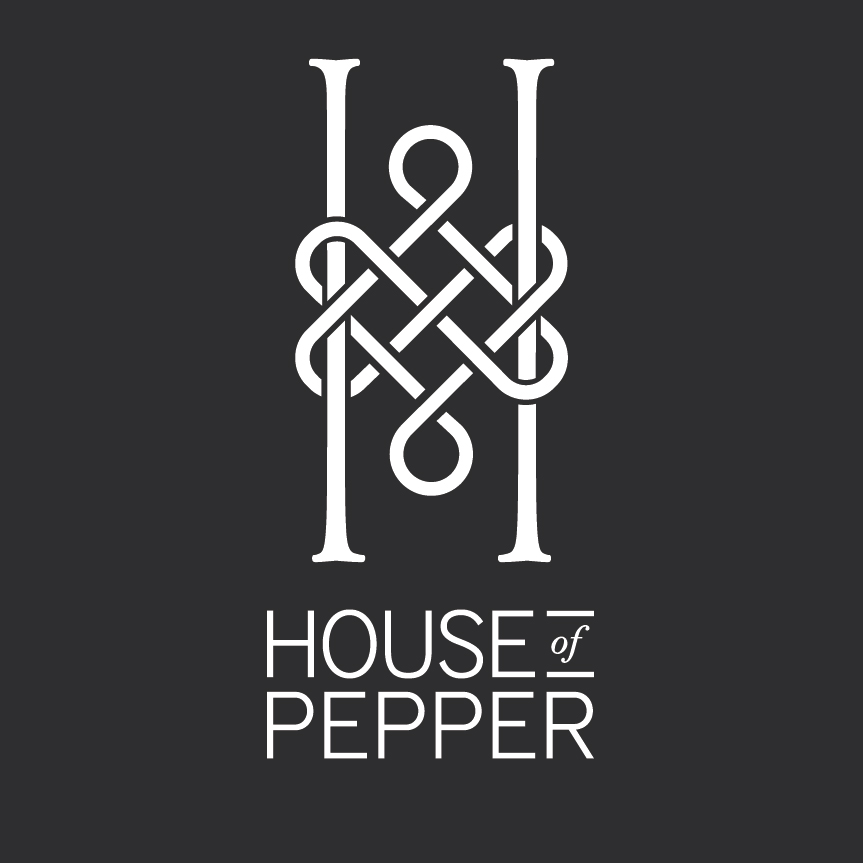This strange and incredible drawing is from the Book of Kells. The warrior has huge hair and a dark beard and holds a spear and shield. I am not sure how this warrior figure was identified in the minds of the monks at the time. It is possible he was a Celtic warrior who died in a recent battle. Celtic warriors were famous for their courage and bravery, and they were not afraid of death. In Celtic belief the life hereafter in the Otherworld was a better place. Loved ones were reunited.

Celtic and Christian Collaboration
Columba monks were surrounded by the Celtic ways in Scotland on the island of Iona. They managed to combine local belief and knowledge with the Christian stories from the Bible. Monastery artists and scribes designed and illustrated the manuscripts with saints and angels, animals, birds, plants, and trees. Skillfully the monks balanced the designs with the calligraphy and added, decorative letters as large initials at the head of the page. Motifs with knotwork and interlacing decorated the letters. Displayed at the bottom corner of the page Folio 200r, this Celtic Irish/Scottish warrior sits with one foot entangled in the last letter.
Rules and Constraints
It was a crime to draw a living person. Pagan laws at the time forbade the copying of the works of the Creator and this included people and animals. As a result, this warrior could have been drawn as an angel or as a saint. It was permissible to draw the dead as real. As the halo is absent and the page placement is in the bottom corner it is not Christ. Christ would have been placed at the top and centre of the page. It could be a link to Christ with the spear as a metaphor for death and crucifixion. Most of all it is not clear how a Celtic pagan Warrior fits into the Gospel stories.
Monk sense of Humor
A part of the drawing under the spear has been abraded and rubbed out. In this case I have drawn the genitalia inside the trews and not outside as in the original. It is thought that this part could mean a connection to genealogy, to reproduction and fertility. This is supported by the motif being placed on the opening page of the Lucan genealogies. Is it possible that the monks were jesting about, the figure is after all upside down. Is it a reference to the warrior and masculinity? Intriguing. Anyhow you can track the Book of Kells and the Celtic Warrior image online. The real Medieval Illuminated manuscript is kept in the Trinity College library in Dublin.
Hairdressing
George Bain, key writer and artist documenting details and drawings in the Book of Kells, notes the incredible variety of hair dressing styles. The variety of interlacing strands, curls, scrolls, and spirals framing the face makes each character distinctive so the saints and angels with wide open eyes gaze and stare directly at us from the page. Locked in time in this great Book, the hair styles and patterns can say a lot about character, and artists use these devices, especially in portraits. The monastery artists especially with the full front view of the saints and angels in the manuscript add expression with the eyes and interesting hair styles.
In the Warrior drawing even in profile there is a full head of hair flowing in fat strands across the top of the head. The use of red dots, known as rubrication, around the outline illuminates the work and gives it a lift and emphasis. The decorative spirals and semi-realism of the figure drawing is proportionally correct and remains respectful of the Pagan Laws assuming the warrior was dead at the time.
The Book of Kells dates to c800 AD from late Medieval times. The drawing is adapted from the Folio 200r from Bernard Meehan’s The Book of Kells. The colours in my painted drawing as a copy are not identical.
